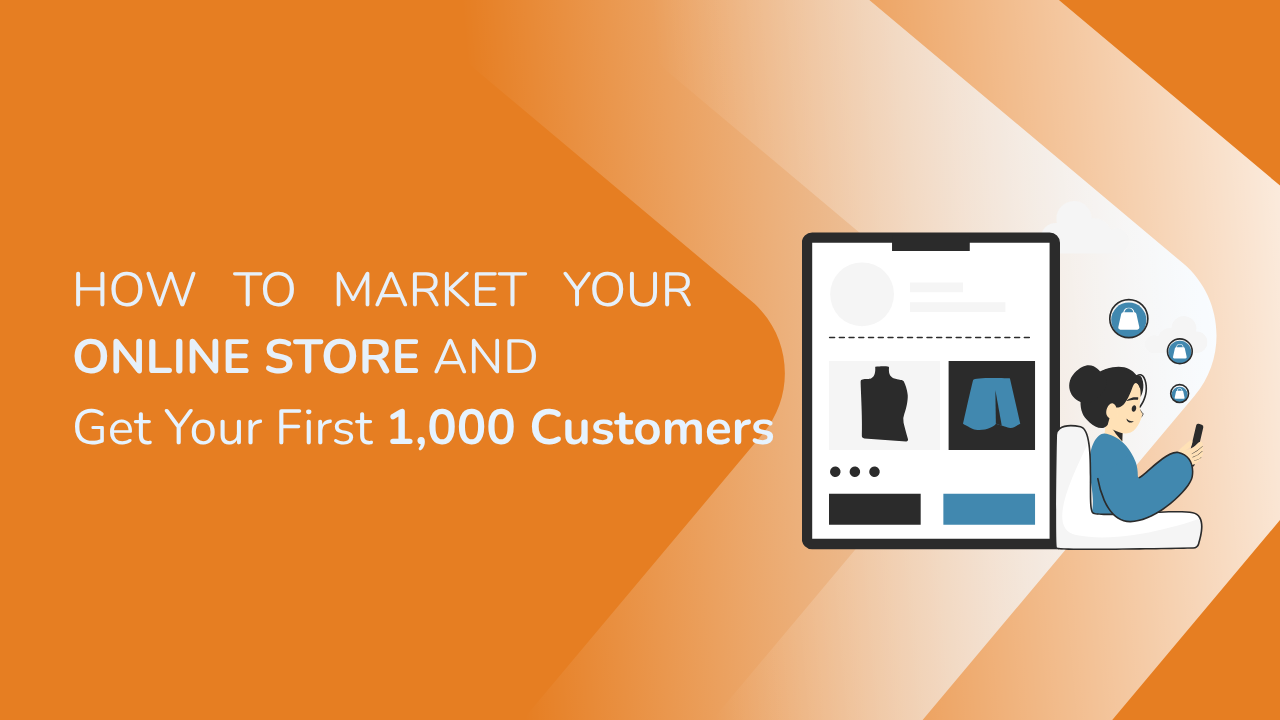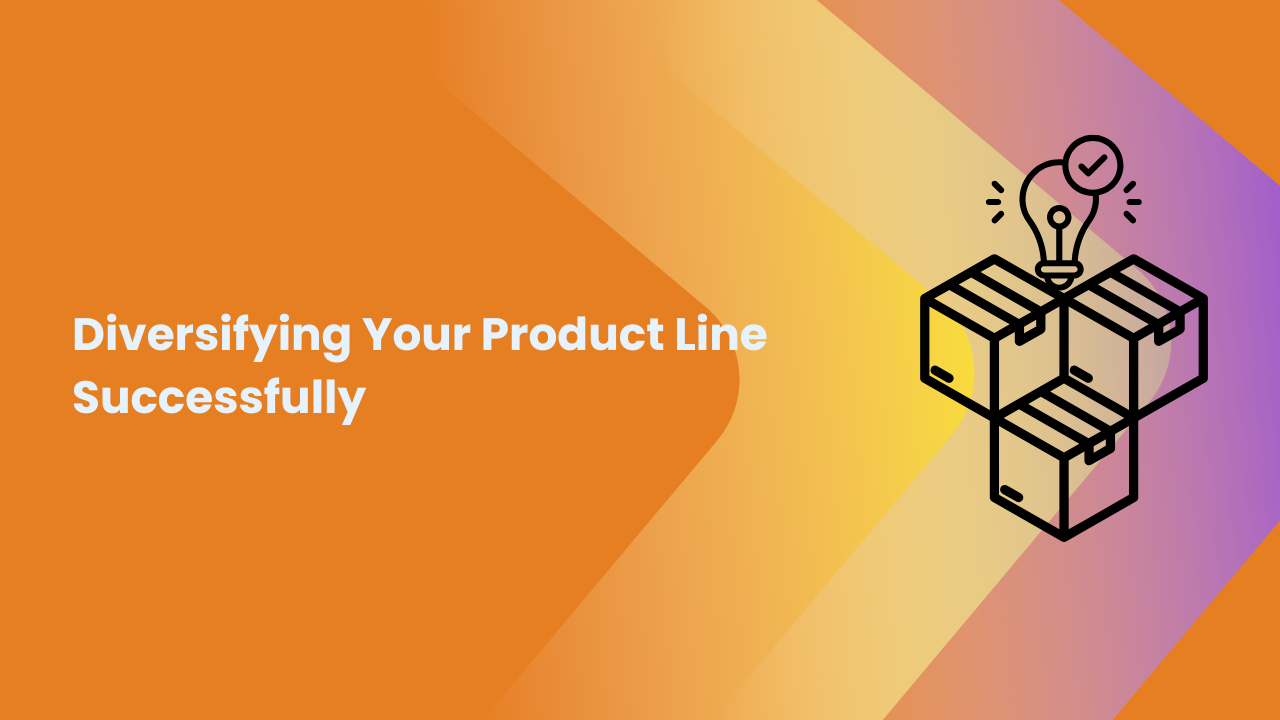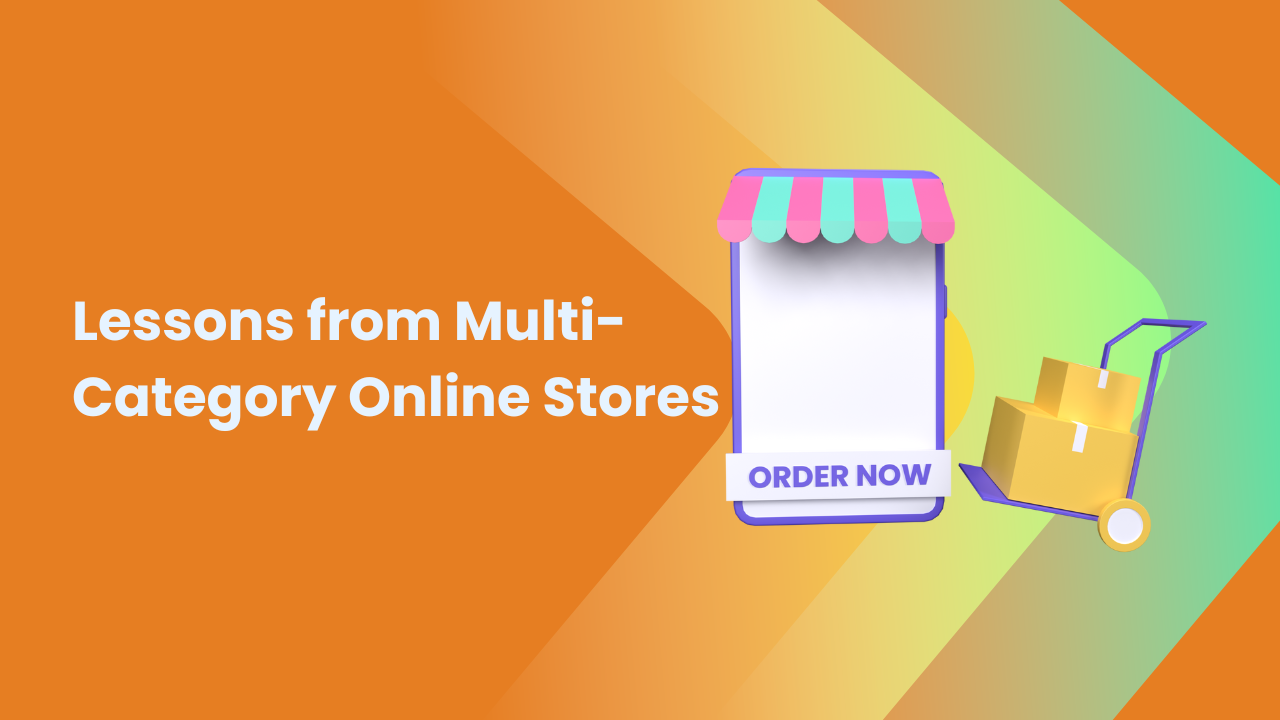Share this Article
E-Commerce Builder Platforms: Building the Future of Online Retail
In the digital era, commerce has extended far beyond physical stores and marketplaces. Today, whether you’re a solo artisan, a startup, or a multinational corporation, your customers expect to find and buy your products online. This transformation has been made possible by the rise of E-Commerce builder platforms—powerful tools that allow anyone to create, manage, and scale an online store without needing to code or hire a large development team.
From Nepal’s small towns to global capitals, eCommerce platforms have leveled the playing field. In this in-depth article, we will explore what these platforms are, how they work, their features, benefits, popular examples, and how they are transforming the retail landscape, especially in developing countries.
What is an E-Commerce Builder Platform?
An eCommerce builder platform is a software solution that allows users to build, launch, and operate online stores. These platforms offer tools for product listings, payment integration, order tracking, inventory management, shipping, marketing, and analytics—all in one place.
Unlike traditional website development that requires custom coding, eCommerce builders are typically no-code or low-code, meaning that anyone can design a professional store using drag-and-drop tools and pre-built templates.
Why Businesses Need E-Commerce Builder Platforms
The shift toward digital commerce is accelerating. In a world where consumers expect seamless online shopping experiences, businesses must adopt platforms that:
- Lower technical barriers
- Provide speed to market
- Ensure scalability
- Offer multi-channel capabilities
- Support mobile commerce (mCommerce)
eCommerce builders make it possible for both first-time entrepreneurs and established retailers to sell online with minimal risk and cost.
Core Features of E-Commerce Builder Platforms
A modern eCommerce builder platform offers a rich array of features designed to handle every stage of online retail—from store creation to order fulfillment. Here are the essential components:
1. Storefront Builder
- Drag-and-drop editor
- Pre-designed themes
- Custom branding options
- Responsive (mobile-friendly) layout
2. Product Management
- Add, edit, and organize products
- Product variants (size, color, material)
- Bulk upload via Excel or CSV
- Digital products and subscriptions
- Inventory tracking
3. Shopping Cart & Checkout
- Secure checkout pages
- Guest checkout option
- Coupon and discount codes
- Abandoned cart recovery
- Checkout customization
4. Payment Integration
- Multiple payment gateways (PayPal, Stripe, eSewa, Khalti, IME Pay)
- Bank transfers
- Cash on delivery (COD)
- Currency conversion
- PCI-DSS compliance
5. Shipping & Delivery
- Shipping zone configuration
- Real-time shipping rates
- Local delivery options
- Order tracking and notifications
- Integration with courier APIs
6. Customer Accounts
- Registration/login features
- Order history and tracking
- Wishlist and saved items
- Loyalty programs
7. Admin Dashboard
- Sales reports and analytics
- Order management panel
- Inventory overview
- Staff permissions
8. Marketing Tools
- SEO tools
- Email and SMS campaigns
- Social media integration
- Referral systems
- Facebook/Instagram shop sync
9. Third-Party App Store
- Plugin or app marketplace
- Custom integrations for CRMs, ERPs, and accounting software
10. Mobile App Builder (Optional)
Some platforms offer mobile apps for store owners and buyers to enhance the shopping experience and admin access on the go.
Popular E-Commerce Builder Platforms (Global and Local)
Global Leaders:
- Shopify: The most popular SaaS-based platform. Scalable, beginner-friendly, with thousands of apps and themes.
- Wix eCommerce: Great for visual designers and freelancers.
- WooCommerce (on WordPress): Ideal for flexible, content-driven sites.
- BigCommerce: Enterprise-grade tools for scaling.
- Squarespace Commerce: Elegant design templates and user-friendly.
- Magento (Adobe Commerce): Advanced features, best for large enterprises.
Regional & Local Platforms:
- Saauzi Smart Solutions (Nepal): No-code builder tailored for Nepali retailers with built-in wallet and delivery integrations.
- Instamojo (India): Great for micro-sellers and DTC brands.
- Dukaan: Simple mobile app-based selling, mostly for Indian users.
Benefits of Using an E-Commerce Builder Platform
1. Ease of Use
Drag-and-drop functionality, pre-built templates, and intuitive controls mean even non-technical users can build beautiful stores in days.
2. Speed to Launch
Traditional eCommerce development takes weeks or months. With builder platforms, businesses can go live within hours.
3. Affordability
Most platforms use a subscription-based model, reducing the high upfront costs of custom development.
4. Security & Maintenance
The platform provider handles hosting, security, bug fixes, and compliance updates, so users can focus on sales.
5. Mobile Readiness
All modern platforms are mobile-responsive, and many offer native mobile apps or PWA (progressive web app) support.
6. Integrated Ecosystem
From shipping to marketing tools, everything is managed under one ecosystem, reducing friction and improving data flow.
7. Scalability
Add more products, locations, or team members as your business grows. Scale without rewriting your codebase.
Challenges and Limitations
Despite their benefits, eCommerce builder platforms may have some drawbacks:
- Monthly Fees: While cheaper than development, the subscription cost can add up, especially for premium features.
- Platform Lock-in: Migrating to another platform later can be technically challenging.
- Customization Limits: Advanced custom features may require coding or paid extensions.
- Payment Gateway Restrictions: Not all platforms support every local payment method out of the box.
- Dependency on Internet: Fully cloud-based systems require stable internet to access the admin panel.
E-Commerce Builder Platforms in Nepal: A New Wave
The Nepali digital commerce ecosystem is expanding. As internet penetration rises, so does the number of people shopping online. But traditional businesses often lack the tools to make that digital leap. Here's where local eCommerce builders like Saauzi Smart Solutions come in.
Features Tailored to Nepal:
- Nepali language admin panel
- Built-in support for eSewa, Khalti, IME Pay
- Delivery service plugins (Pathao, Upaya, etc.)
- Tax and VAT compliance
- Custom domain support for local branding
Use Cases:
- Local clothing brands creating digital showrooms
- Grocers offering home delivery via WhatsApp and website
- Artisans selling handmade crafts beyond their village
- Bookstores integrating ePayments and nationwide delivery
Getting Started with an E-Commerce Builder
Step 1: Choose a Platform
Sign up for a trial on Shopify, Wix, WooCommerce, or a local builder like Saauzi.
Step 2: Set Up Your Storefront
Pick a theme, add your logo, and customize branding.
Step 3: Add Products
Upload images, set prices, configure stock, and define variants.
Step 4: Set Up Payments & Shipping
Choose payment methods (e.g., eSewa, PayPal) and define delivery zones.
Step 5: Launch and Promote
Connect your domain, go live, and begin marketing through SEO, social media, and ads.
Case Study: A Nepali Clothing Store Goes Digital
A women’s fashion boutique in Kathmandu launched an online store using a local builder platform. Key features included:
- Bilingual product descriptions
- Integration with Khalti and IME Pay
- Local delivery plugins for fast service
- Instagram store sync
Results within 2 months:
- 3x more orders (including from outside Kathmandu)
- 45% higher customer retention
- Full inventory visibility and fewer stockouts
Future Trends in eCommerce Builders
The next decade will bring radical innovation:
- AI-generated product listings and recommendations
- Voice commerce support
- Augmented Reality (AR) product previews
- Integrated WhatsApp and Messenger shops
- On-demand manufacturing and print-on-demand integration
- Social commerce automation
- Marketplace + Store hybrid models
eCommerce builders are already beginning to offer these features, making them more intelligent and deeply integrated with customer behavior.
Conclusion
The digital marketplace is no longer a luxury—it’s a necessity. eCommerce builder platforms are at the heart of this transformation. Whether you're a small-town entrepreneur or an established retailer looking to scale, these platforms give you the power to go digital without complexity.
With the right eCommerce builder, you can reach new customers, streamline operations, and future-proof your business in a competitive landscape. The tools are now accessible—what you build with them is up to you.
Categories:
E-commerce Tips & Tutorials
,
Marketing & Growth
,
SEO & Content Marketing
,
Beginner’s Guides
,
Sales & Conversion
,
Success Stories & Case Studies
,
Platform Features & Updates
,
Platform Comparisons
,
Design & UX Best Practices
,
Industry Trends & News
,
Tools, Apps, and Integrations
,
Tax Information
Tags:
Online Store in Nepal
,
5 Simple Steps
,
local businesses
,
e-commerce app
,
Small Business
,
strong brand
,
E-commerce
,
Role of Social Media
,
Growing sales
,
strategies
,
Social media
,
Logistics
,
Delivery Networks
,
Flexible Delivery
,
Mobile Platforms
,
Web
,
SEO
,
search engine optimization
,
Global E-commerce
,
Nepali businesses
,
reviews and ratings







